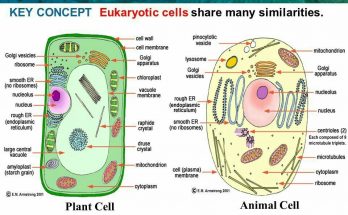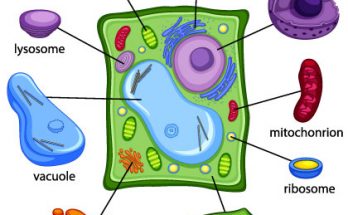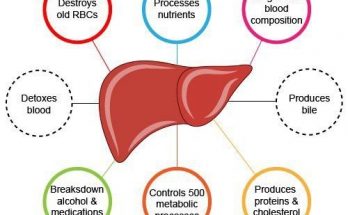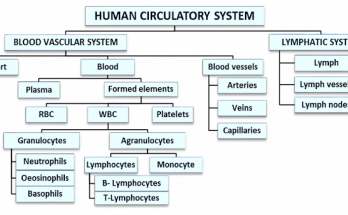
What will happen to the Plant Cell without Vacuole?
Without the presence of plant vacuoles plant cell will Die.
What will happen to the Plant Cell without Vacuole? Read MoreCBSE Class Notes Online – Classnotes123
CBSE Class Notes, Worksheets, Question Answers, Diagrams , Definitions , Diffrence between , Maths Concepts, Science Facts Online – Classnotes123

Without the presence of plant vacuoles plant cell will Die.
What will happen to the Plant Cell without Vacuole? Read More
All Parts of Plant Cell explained with Location , Structural Charcteristics and Functions.
Parts of Plant Cell – Location , Structure and Functions Read More
14 Important Function of Liver – The liver, a vital organ in the human body, performs important functions for overall health. It regulates chemical balance, produces bile for fat breakdown, processes nutrients, synthesises proteins, controls cholesterol and fat metabolism, regulates blood sugar levels, helps detoxification, supports blood clotting and immune function, breaks down bilirubin, stores nutrients and helps eliminate waste.
14 IMPORTANT FUNCTION OF THE LIVER Read More
The Difference between Transpiration and Guttation is significant in understanding the water loss mechanism in plants. While transpiration is the loss of water in the form of vapour from the plant’s surface, guttation is the exudation of water in the form of droplets from the hydathodes. The processes differ in their occurrence, diffusion and regulation by root pressure. The impacts of transpiration and guttation on plants vary and are influenced by factors such as plant type and environmental conditions.
15 Important Difference between Transpiration and Guttation Read More
Transportation is the life process in which a substance (Made or absorbed) in one part of the body of an organism is carried to other parts of its body.
Transportation in Amphibians and Reptiles
Transportation in Bird And Mammals
Transportation in Fishes

Components of Transport System in Human Beings- Transport System of Human Being divided into 2 parts- Blood vascular system
A lymphatic system.
Functions of Components of Transport System in Human Beings

Root Pressure is a hydrostatic force generated in the roots that helps drive fluids and other ions up into the plant’s vascular tissue. It is created through osmotic pressure in the stem cells and occurs more frequently in the spring. Root Pressure contributes to water and mineral nutrient transport, helps maintain water balance, facilitates nutrient uptake and can help plants survive during drought. However, it is not sufficient for sap to rise in tall trees.
What is Root Pressure ? Read More
Cardiac cycle is defined as the complete cycle of events in the heart from the beginning of one heart beat to the beginning of the next.
Diagram of Cardiac Cycle Read More
Blood Pressure explained with definition types . High and low blood pressure explained with factors and prevention .Systolic Pressure explained
Blood Pressure for Class 10th Read More
Translocation is the process by which plants transport nutrients from the site of absorption to the site of utilization. This process occurs mainly in the phloem tissue which is composed of sieve tubes, companion cells, phloem fibers and parenchyma cells. The steps of translocation include loading, transport, unloading and utilization of nutrients. Factors such as temperature, light and nutrient availability can affect the rate of translocation.
Translocation in Plants – Steps ,Phloem Structure , Importance and Factors Affecting Translocation Read More